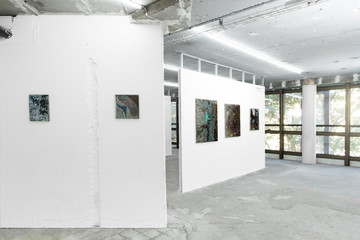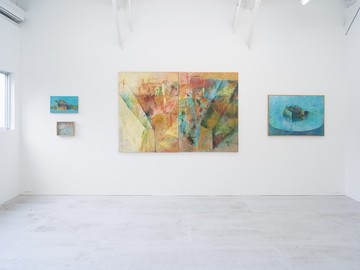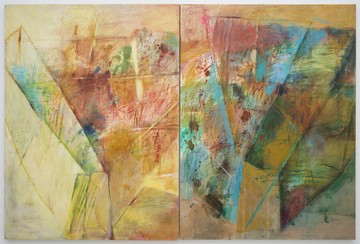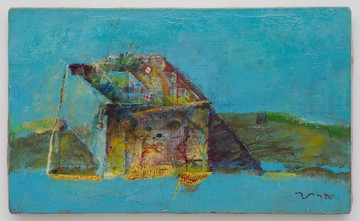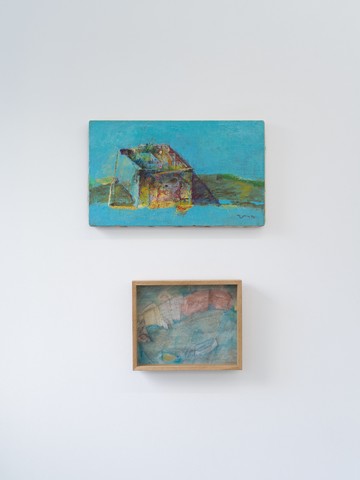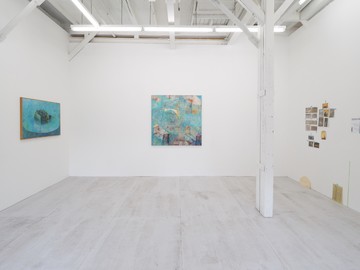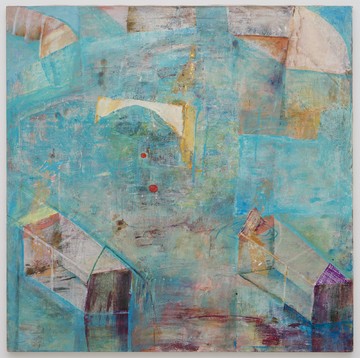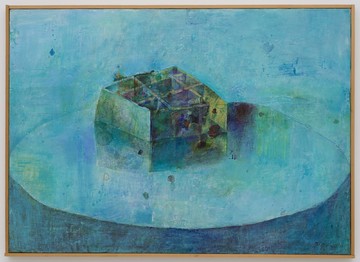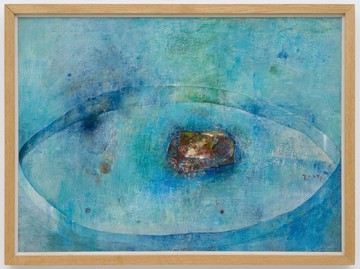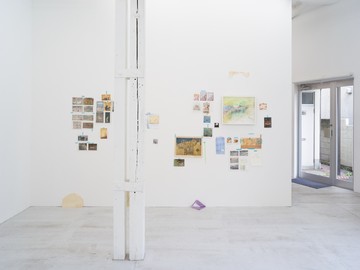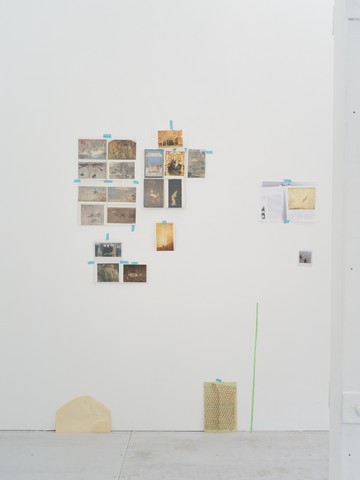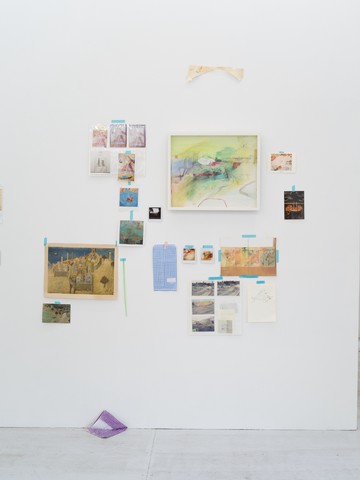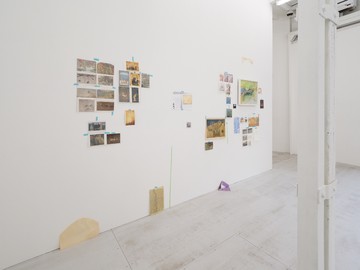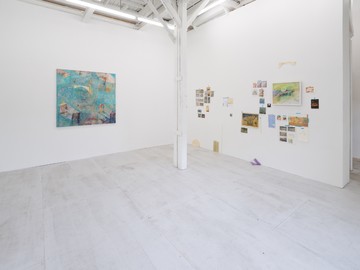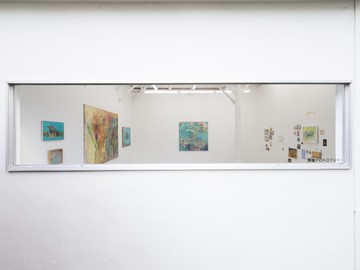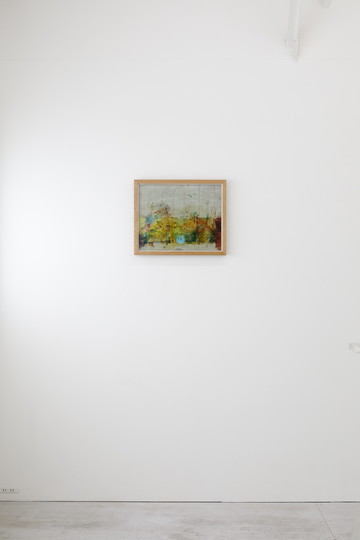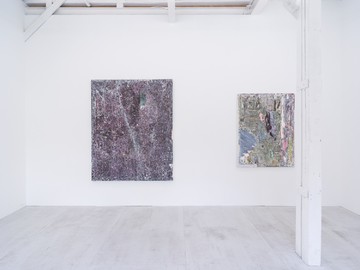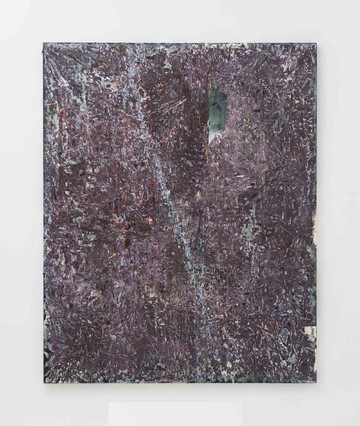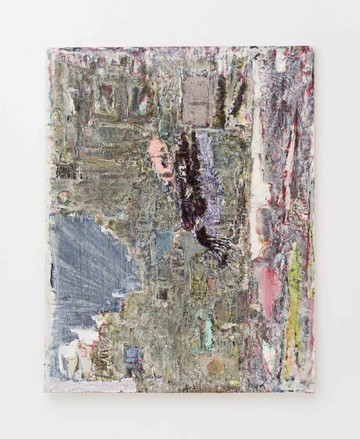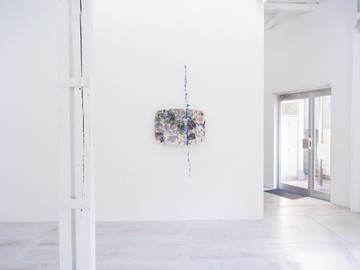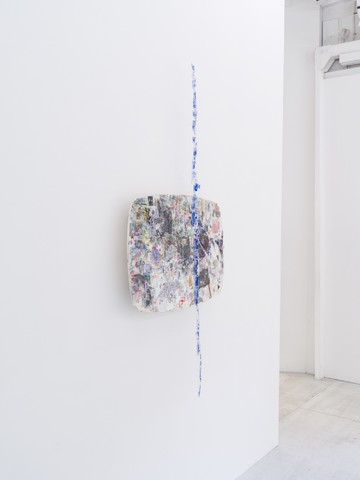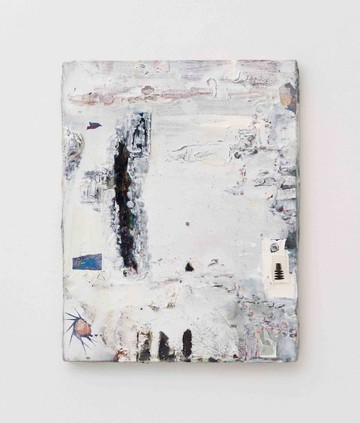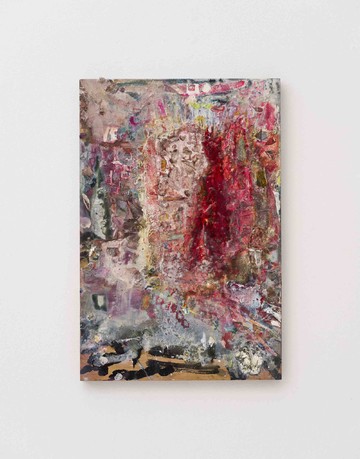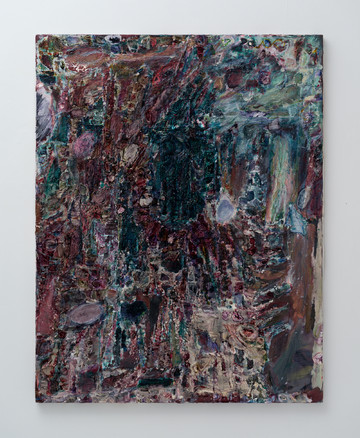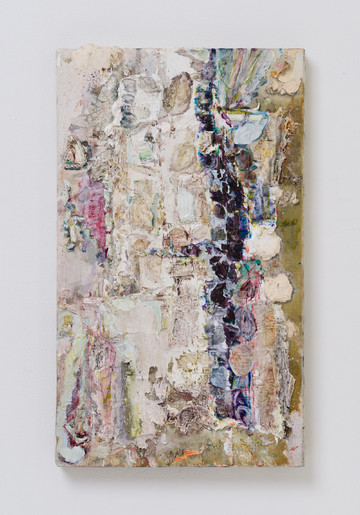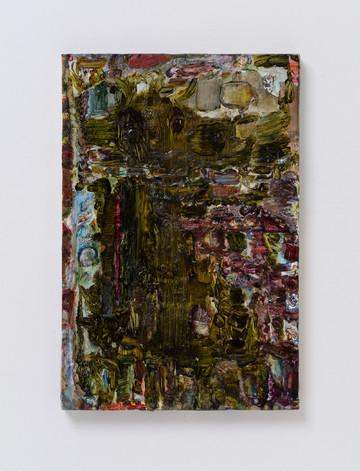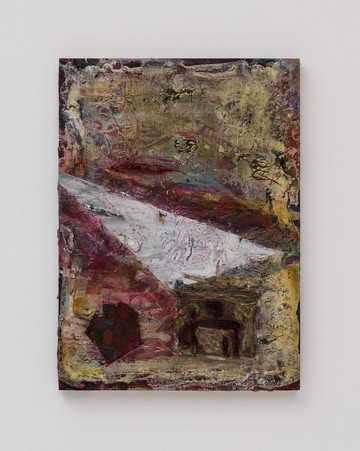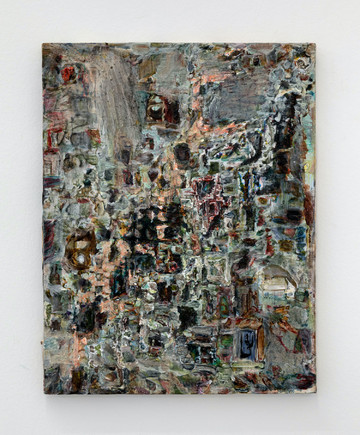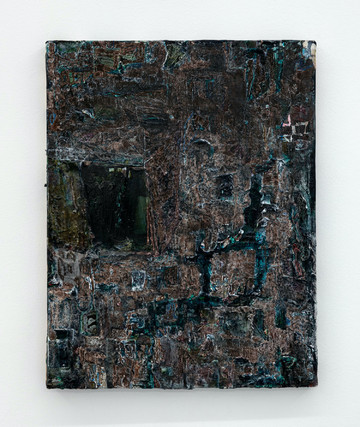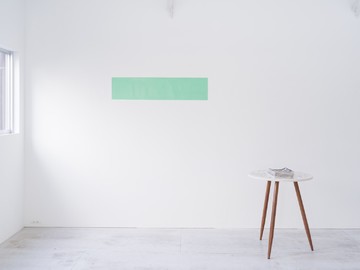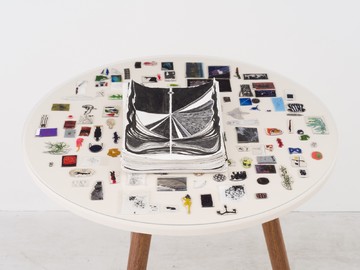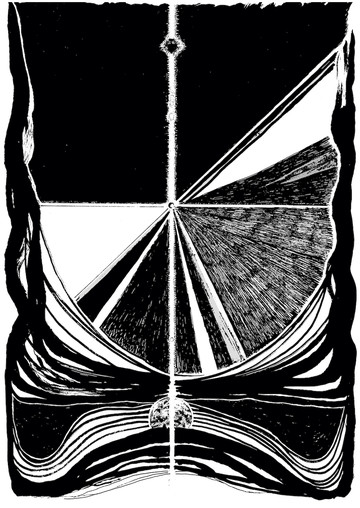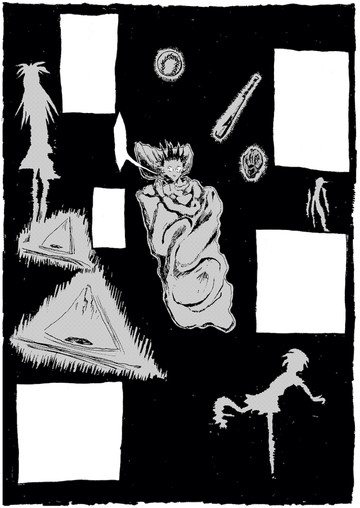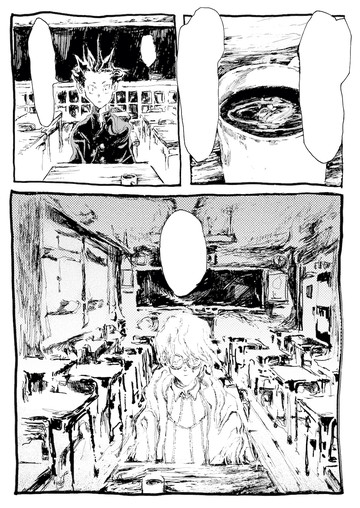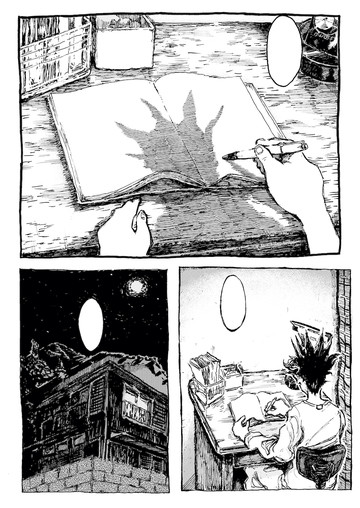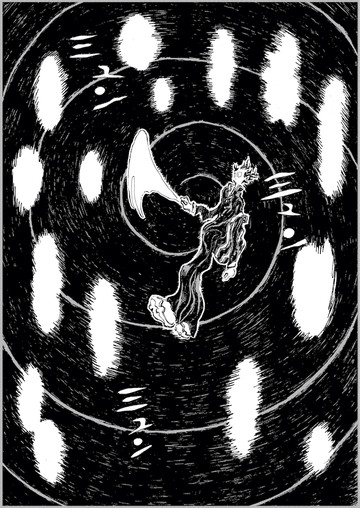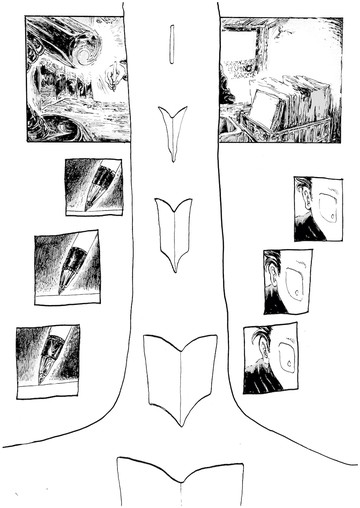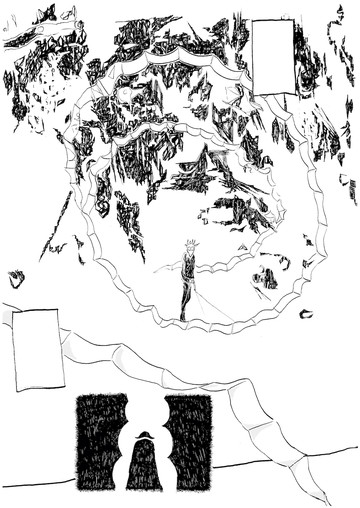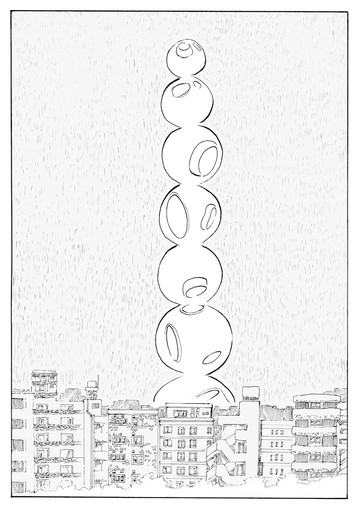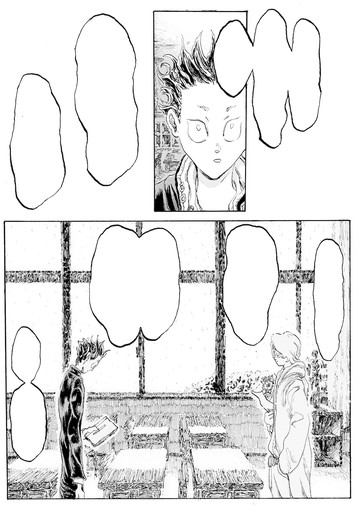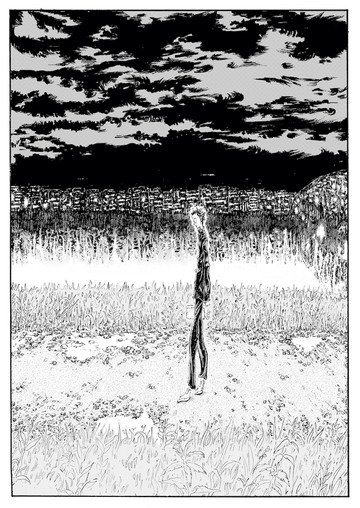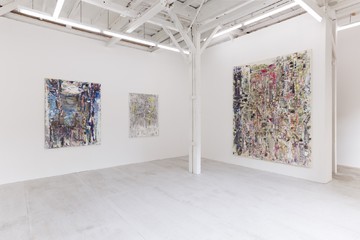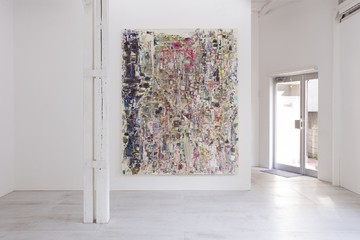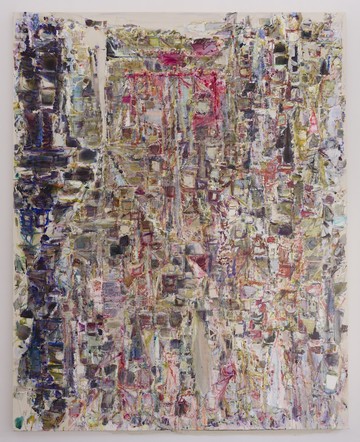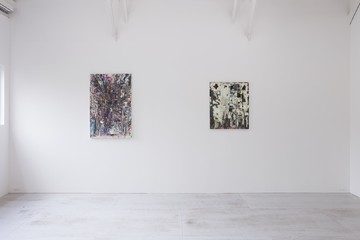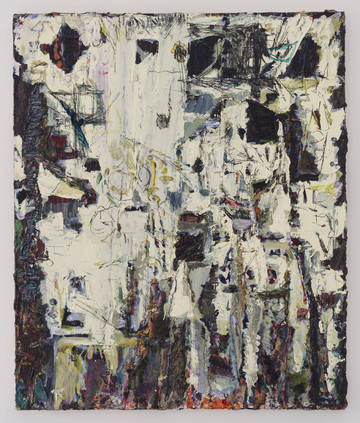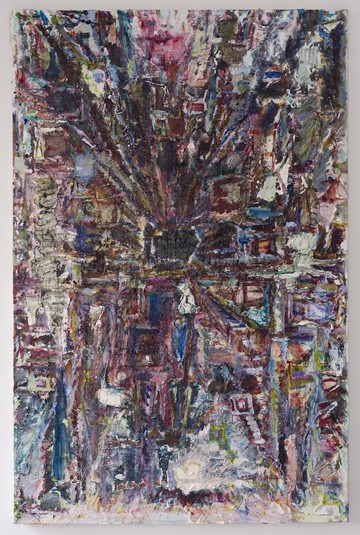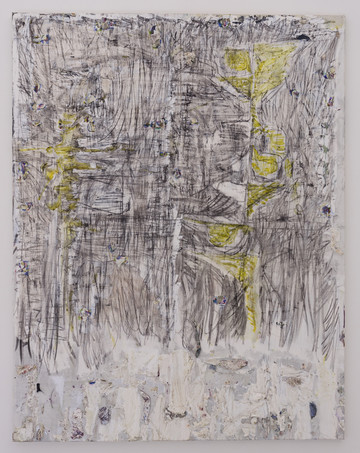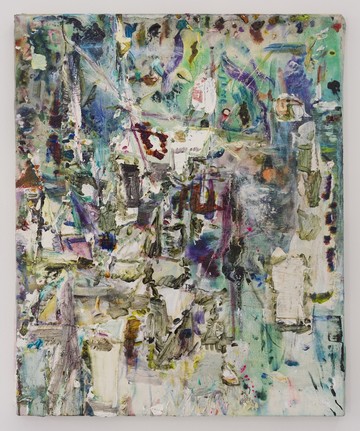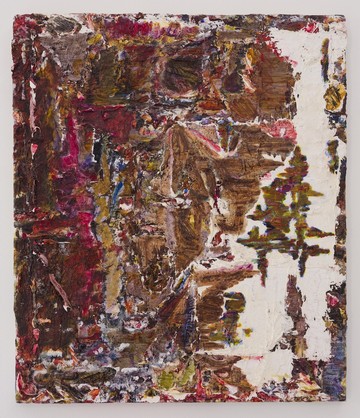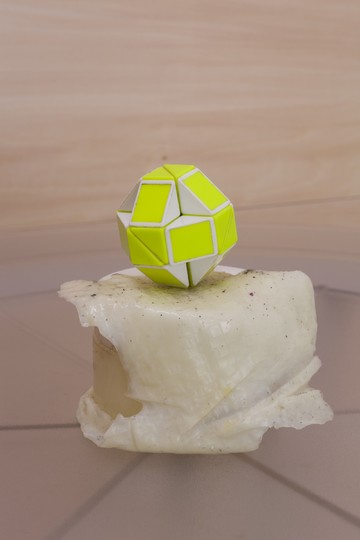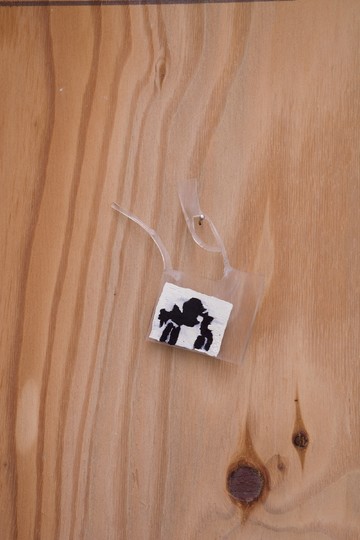Nobuya Hitsuda 櫃田 伸也
Nobuya Hitsuda was born in 1941 in Tokyo, Japan and currently lives and works in Aichi prefecture.
After completing the graduate course at Tokyo National University of Fine Arts and Music in 1966, he worked as a lecturer at the said university, and later as a designer in the art department at NHK Japan Broadcasting Corporation. In 1975 he began teaching at the Aichi Prefectural University of Fine Arts, and from 2001 to 2009 taught as a professor at the Tokyo National University of Fine Arts and Music.
He has received the Award for Artist in Nagoya City (1984), the 28th Yasui Grand Prize (1985), and the Seiji Togo Memorial Sompo Japan Museum of Art Grand Prix (2011). His work has been included in several public collections such as The National Museum of Modern Art, The Tokyo; Museum of Contemporary Art, Tokyo; the Agency for Cultural Affairs; The Toyota Municipal Museum of Art (Aichi); the Tokyo National University of Fine Arts and Music; the Aichi Prefectural Museum of Art; The Nagoya City Art Museum (Aichi); The Toyohashi City Museum Art and History (Aichi); the Aichi Prefectural Art University; The Tochigi prefectural Art Museum; The Museum of Fine Arts, Gifu; The Hamamatsu Municipal Museum of Art (Shizuoka); The Miyakonojo City Museum of Art (Miyazaki); The Kariya City Art Museum (Aichi) and The Suwa City Museum (Nagano).
In 2009, In the little playground: Hitsuda Nobuya and his surrounding students, a set of dual exhibitions at the Aichi Prefectural Museum of Art and the Nagoya City Art Museum, introduced the works of painter and teacher Nobuya Hitsuda, along with his 19 students including Yoshitomo Nara, Hiroshi Sugito and Shin Morikita.
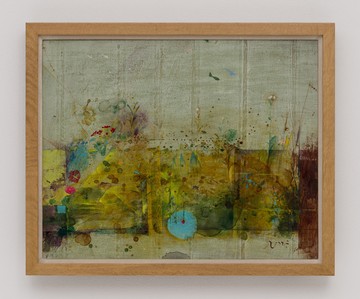
Prominently active from the 1970s to 2000s, Japanese artist Nobuya Hitsuda, is widely known for his subtle, yet evocative landscape paintings, along with his honorable career as a professor, having taught such significant artists today as Yoshitomo Nara, Hiroshi Sugito, Shigeru Hasegawa, Kyoko Murase, Yuki Okumura, Kouichi Tabata and Emi Otaguro.
Fragmented landscape paintings of that of everyday scenes such as concrete walls, weeds growing in untreated plots, shadows casted by the morning sun, broken fences, and so on, as well as series of mountain ranges and motifs of water, are signature themes of Hitsuda. Born in 1941, the “bare grounds of Tokyo” which hinted at the recent world war left a large impression on Hitsuda as a child, as such a scene has been, and to this day remains to be, a fundamental source of his paintings. Each work Hitsuda conceives is inspired by the surrounding sceneries of Hitsuda’s home, whether it be in Tokyo or Aichi. Resonating with the heightened Mono-ha movement during his early years, Hitsuda appreciates the small “things” (mono) existing around him, as is in itself, as he collects such mundane elements for his artistic creations.
Hitsuda does not consider his landscape paintings to be a measurable self-evident entity, but rather identifies them as a temporary scene, perceived only fragmentarily as something merely “passing by”, or “being passed by”. To bring out such an impression, Hitsuda takes the form of bricolage to juxtapose various moments and occasions. His way of “seeing”, and accumulating each of these instances throughout the years, enables him to create a fine composition in which the space itself emits a sense of metamorphosis.
Hitsuda has had a strong fascination with Japanese art history since his student years, and his works can be found to be deeply grounded in the context of Japanese art history. His emphasis on flatness and the use of space along with the bird’s-eye view in his landscapes may be reflected by the Tale of Genji Emaki Scroll; the repetitive application of grays and yellows taken by Sakai Hoitsu’s folding screens; and the intentional blurring of outlines as a respect to traditional ink paintings. Hitsuda’s consistent series of mountains also echoes that of the National Treasure folding screen, Landscape with the Sun and Moon, as his artistic style to expand his paintings continuously with no central motif, intrinsically corresponds to the fundamentality of Japanese paintings.
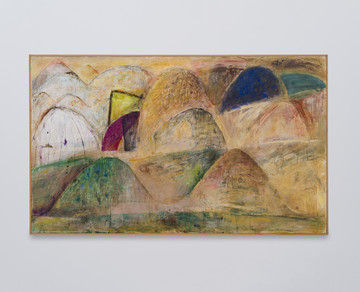
oil on canvas
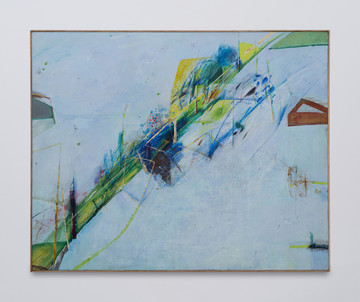
oil on canvas
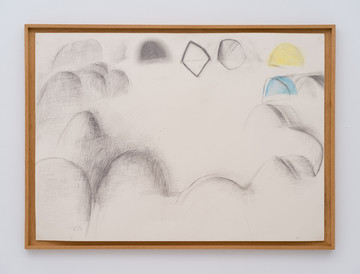
pencil and colored pencil on paper
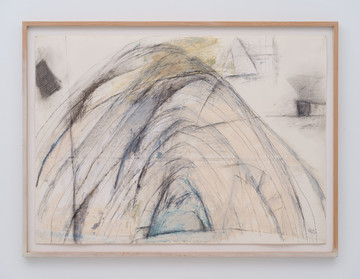
pencil and colored pencil on paper
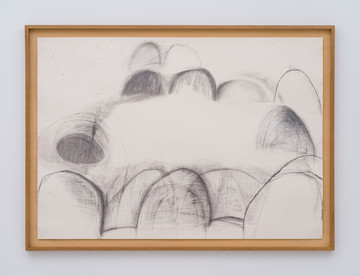
pencil on paper
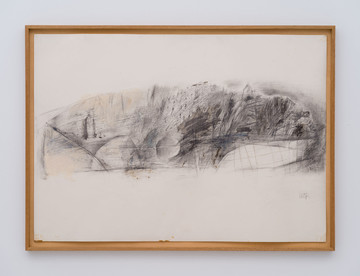
pencil on paper
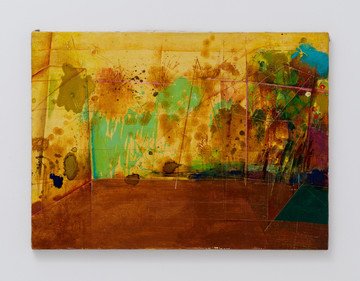
oil on canvas
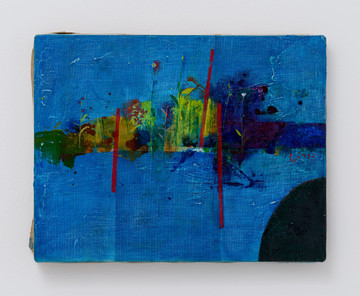
oil on canvas
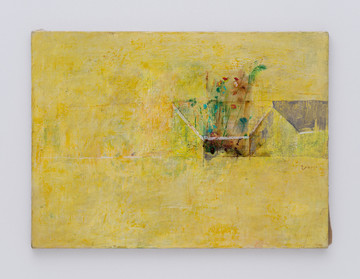
oil on canvas
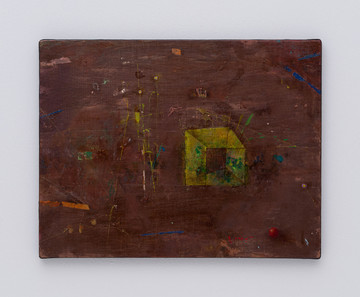
oil on canvas
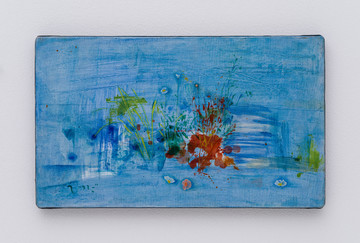
oil on canvas
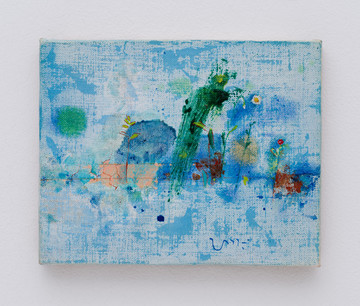
oil on canvas
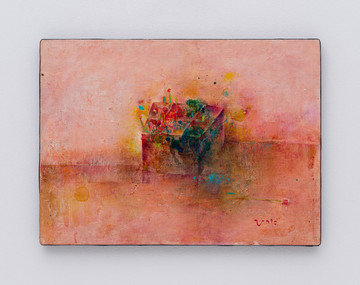
oil on canvas
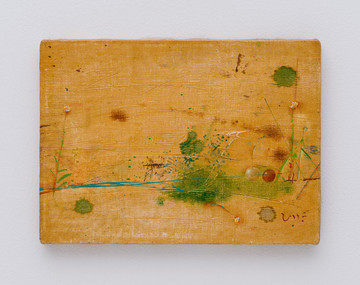
oil on canvas
Masanori Tomita 富田 正宣
Masanori Tomita has consistently worked with the extensive freedom, yet complexity, of oil paints to produce his intense creations which may be considered both abstract and figurative.
Characterized by his rich matiere and complex colors, Tomita’s paintings evoke a variety of unspecified concrete images such as human figures, hands, landscapes, flowers, and broken dishes. In viewing everyday things and events in the world as a complicated product of many intricate elements, Tomita attempts to find an opening between these coats of diverse concepts to compose his paintings. He takes careful notice of subtle interactions between his peers for hints and insights as he actively adopts differing perspectives to broaden his field of creations. Tomita’s habit of collecting, recording, and digesting these small nonchalant moments in his daily life, along with digital images and scenes from manga constitutes a significant aspect of his works.
In confronting Tomita’s paintings, we become drawn into the material presence of his heavily overlapping oil paints. However, in contrast to this bold materiality, the images which emerge from behind the surface emit such ephemerality that it seems as if it could disperse any moment. Tomita captures this sensitivity through his endeavor to depict the present “midway”, which therefore allows us a glimpse of the other side, or form of reality, in a dimension apart from our everyday.
Masanori Tomita was born in 1989 in Kumamoto, Japan. Gained B.F.A. in Oil Painting from Tokyo National University of Fine Arts and Music, Tokyo. Currently Lives and works in Saitama.
Recently, Tomita presented his work in “LE BISCUIT À SOUPE” at HIGH ART ARLES, Arles, 2022, solo show “Usen” at KAYOKOYUKI, Tokyo, 2022, “LA CONSTITUANTE” at Parliament, Paris, 2021, “Emerging Japanese Painters” at SHOP Taka Ishii Gallery, Hong Kong, 2021, “Studio Exhibition” at Satoshi Ohno studio, Yamanashi, 2018, “Hikarie Contemporary Art Eye vol.9 supervised by Tomio Koyama -through the glasses” at Shibuya Hikarie, Tokyo, 2018, ”Inner Flash” at Space Wunderkammer, Tokyo, 2014, “SLASH/ square” at gallery 5, Tokyo, 2014, ”Masanori Tomita / Koji Nakazono” at TURNER GALLERY, Tokyo, 2012, solo show “mtz2” at TURNER GALLERY, Tokyo, 2012.
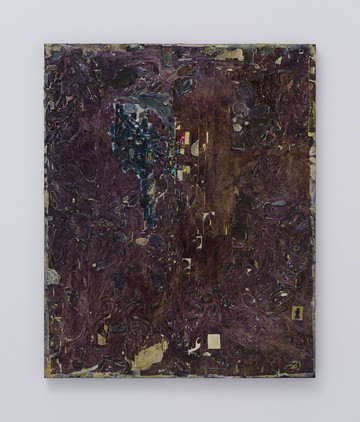
oil, resin, ink on cotton mounted on panel
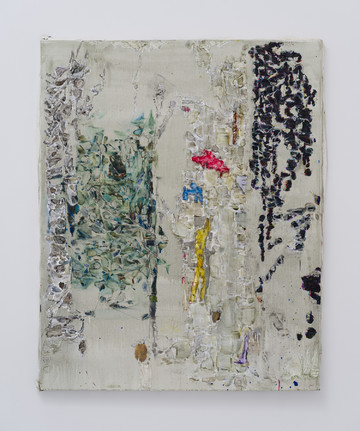
oil, resin on canvas
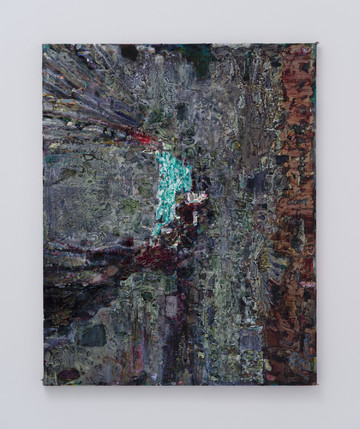
oil on canvas
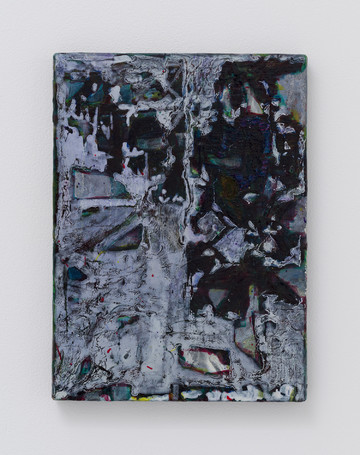
oil on canvas
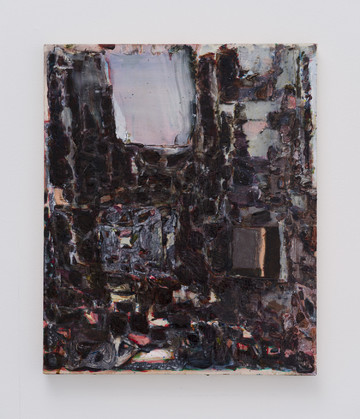
oil, ink on canvas
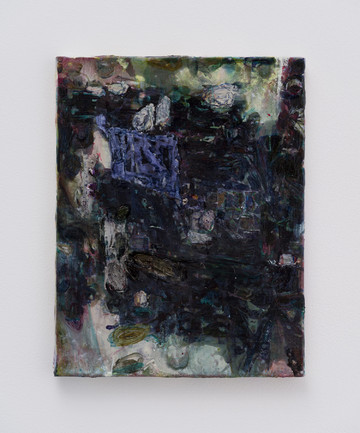
oil, ink on canvas
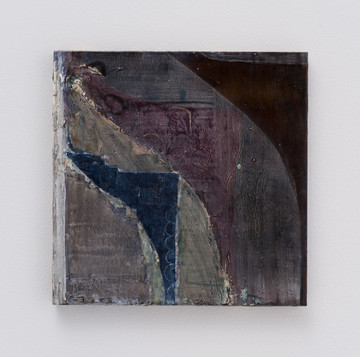
oil, ink on board

